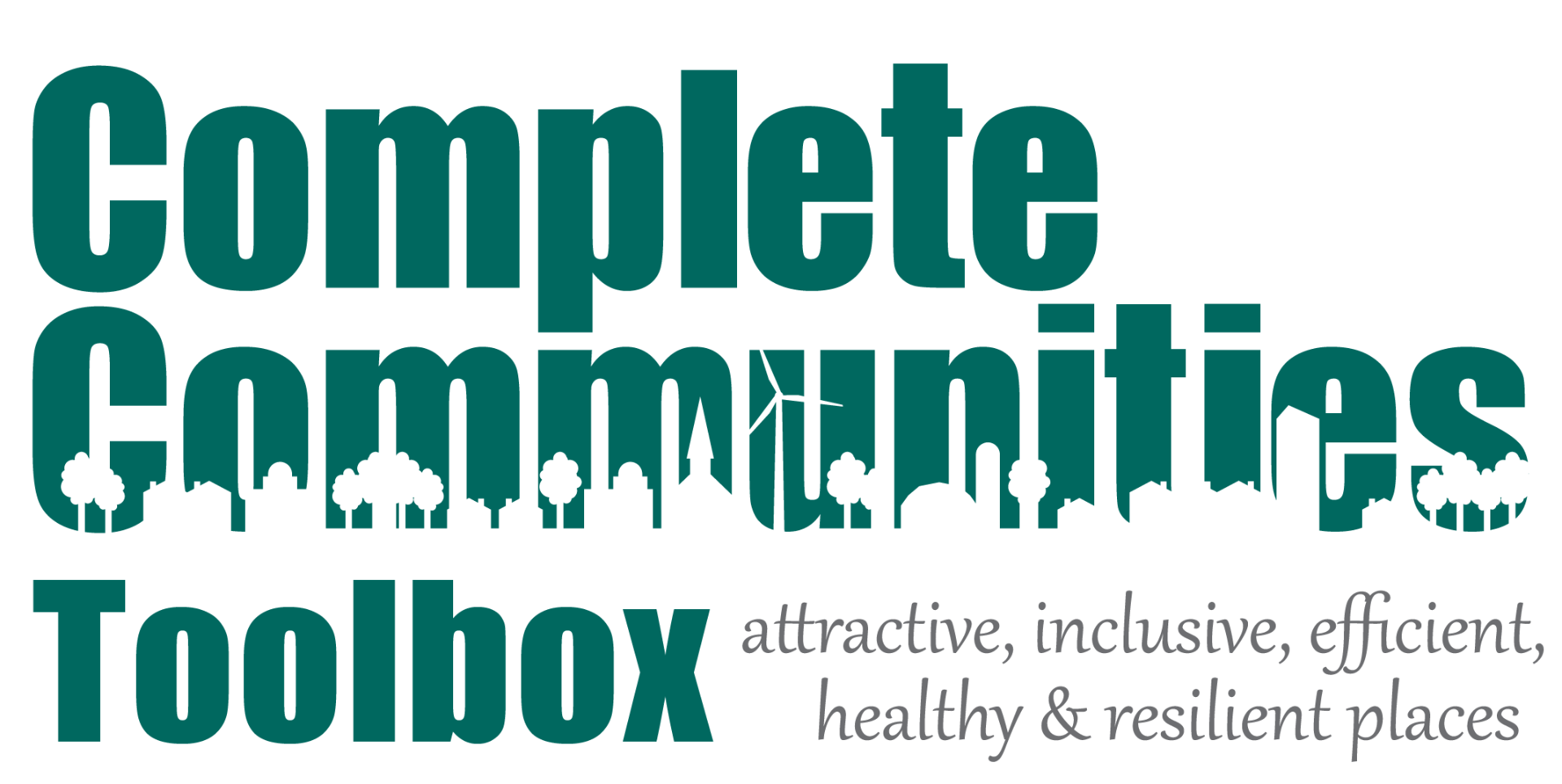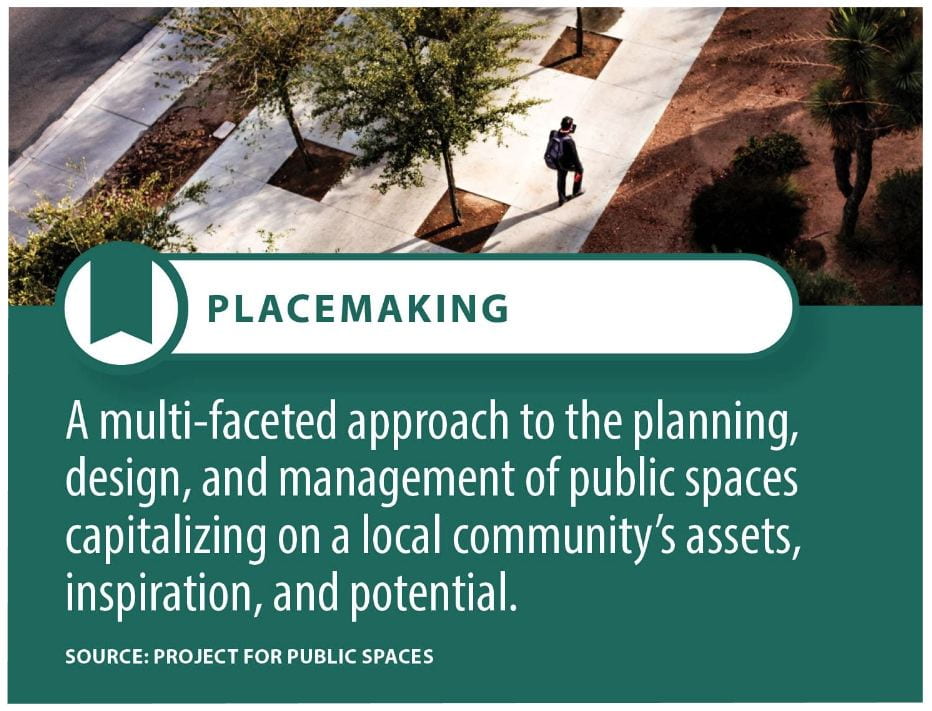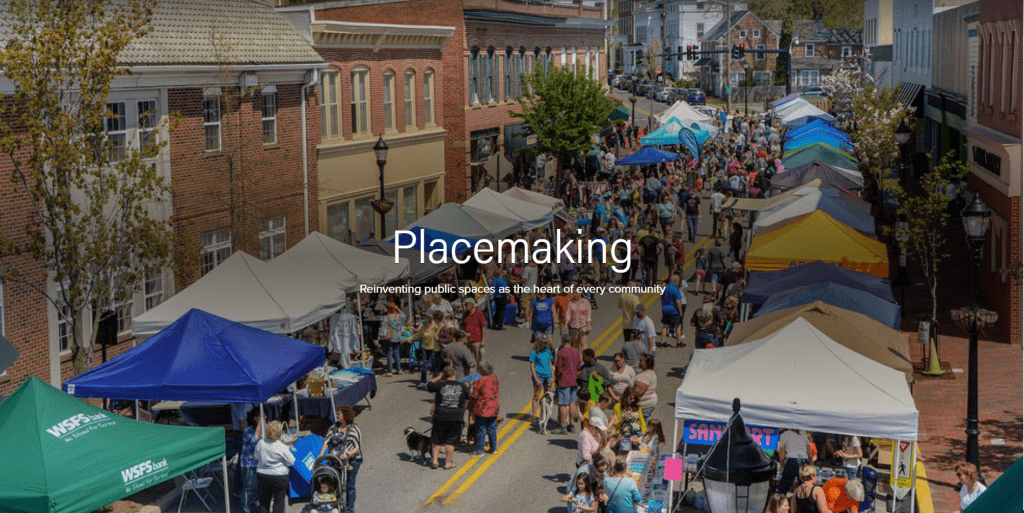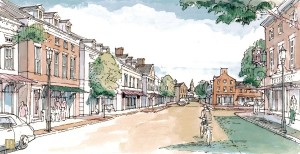What is Placemaking?
Placemaking is much more than promoting better urban design; it “facilitates creative patterns of use, paying particular attention to the physical, cultural, and social identities that define a place and support its ongoing evolution.” It results in the creation of quality public spaces that contribute to people’s health, happiness, and well-being. Essentially, placemaking reinvents public spaces as the heart of every community.
Why Placemaking?
This video briefly defines placemaking and highlights how it can be used to foster a complete community. Complete communities, among other core values, seek to be inclusive, active, and sustainable. Creating vibrant public places can play a vital role in bringing these ideals to fruition in our own communities.
Placemaking Tools
We have designed this Adobe Spark Page centered around placemaking, which includes important resources to assist local governments in incorporating placemaking practices in their communities. This includes a brief description of “The Power of 10+” principle, key questions to consider when designing a public space, and a simplified infographic on “The Placemaking Process.” Utilizing these resources, and the other information provided in our Toolbox, will assist local government leaders in reinventing public spaces as the heart of their communities.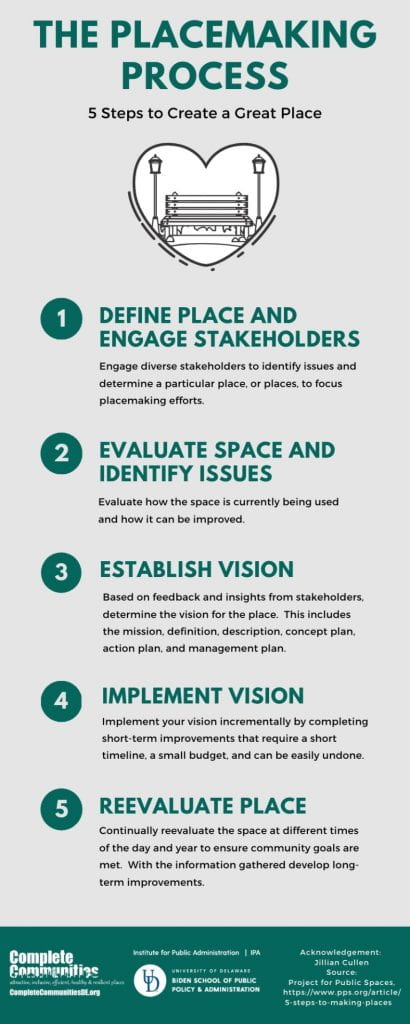
Topics Discussed Below
- What Is Placemaking?
- Placemaking and Complete Communities
- Place-Based Economic Development
- Asset-Based Economic Development
- State and Regional Support for Place-Based Economic Development
- Local Government Support for Place-Based Economic Development
What Is Placemaking?
The Project for Public Spaces (PPS) defines placemaking as, “a multi-faceted approach to the planning, design, and management public spaces.” A growing international movement, placemaking capitalizes “on a local community’s assets, inspiration and potential, ultimately creating good public space that promotes people’s health, happiness and well being.”
What are Attributes of Successful Public Spaces?
According to PPS, the four key attributes of successful public spaces are those that provide:
- Access and Linkages – with destinations that are convenient and connected
- Comfort and Image – that foster a sense of safety and security
- Uses and Activities – that are lively, provide unique experiences, and are settings for celebrations, gatherings, and fun
- Sociability – that promote active engagement of all people in social activities
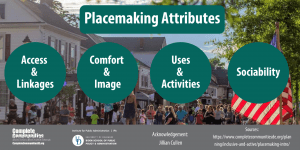
Placemaking and Complete Communities
The practice of placemaking can help communities achieve the ideals of the complete communities philosophy. Complete communities, among other core values, seek to be inclusive, active, and sustainable. Creating vibrant public places can play a vital role in bringing these ideals to fruition in our own communities.
Great public spaces encourage inclusive and active communities because they provide tangible features that citizens can be proud of. These are the places that citizens will choose to gather and interact with one another. Interactions amongst citizens in public spaces create social networks, promote a culture of involvement, and foster a sense of community character.
Economic and environmental sustainability can also be achieved through placemaking. Creating, maintaining, and improving public places are good practices in economic development. Businesses are attracted to and thrive in areas that have vital centers of community.
Placemaking encourages citizens to improve their environments, especially those they share with their neighbors. Many public spaces also serve as natural oases in urban settings. Open spaces provide psychological value to citizens and ecological benefits to the environment.
Creating vibrant communities where people not only can, but want to live, work, play and interact can be a difficult but exciting task. It is about creating and implementing a shared community vision—something that begins at the community level and involves local residents and stakeholders. While trained professionals can facilitate the process, community members must cooperatively identify the greatest assets, aspirations, and collective vision for their community.
Place-Based Economic Development
Placemaking as an economic development strategy, also called place-based economic development, is the practice of using a community’s public amenities to make economic progress. This approach focuses on the unique features of particular places, building on existing assets, and using them to attract new investment and strengthen existing businesses. Placemaking as an economic development strategy is particularly relevant in today’s age of globalism. Jobs tied to this form of economic development are tied directly to specific places, and therefore cannot be outsourced.
When communities commit to using placemaking as a method of economic development, the benefits extend far beyond enticing visitors, entrepreneurs, small businesses, and corporations. To local economies recovering from a loss of conventional industry, placemaking is a method for capitalizing on existing strengths, rather than inventing new ones, for the purpose of developing a stronger economy. Delaware has seen impressive returns to its economy from tourism, an intrinsically place-based industry. Placemaking is an environmentally friendly form of economic development. The walkable, bikeable, and transit friendly streets that are favored by the placemaking philosophy, lessen a community’s dependence on automobiles and fossil fuels. When open spaces are part of a community’s identity, and therefore its development strategy, there is more impetus to protect them. The distinct cultures of neighborhoods and communities are enhanced by this form of economic development. Placemaking encourages the recognition of local artists and musicians. It also places importance on preserving local landmarks and significant architecture. The Historic Preservation section of this Toolbox further discusses benefits of heritage tourism, such as providing opportunities for place-based economic development—particularly rural communities.
The State of Michigan has been in the forefront of the placemaking movement. Through a statewide initiative, MIplace, communities are harnessing the power of placemaking to give local amenities a dual purpose: enhancing quality of life for all residents and attracting investment. The group’s logic is simple: green spaces, walkable streets, unique downtowns, attractive gathering places, and engaged citizens are great for communities and businesses. The group is now helping Michigan’s communities attract and retain the state’s next generation of innovators and job creators.
Asset-Based Economic Development
Every community has the capacity to capitalize on its unique attributes as a means of attracting visitors.
Heritage Tourism, as defined by the National Trust for Historic Preservation, is traveling to experience the places, artifacts and activities that authentically represent the stories and people of the past,” and heritage tourism can include cultural, historic and natural resources. The Historic Preservation section of this Toolbox explains how communities can use historic structures and landscapes to attract and serve visitors, protect historically significant assets, and leverage economic development opportunities.
Eco-Tourism is responsible travel to natural areas that also conserves the environment. Hiking, fishing, bird watching, kayaking, rock climbing, and mountain biking for example, provide tourists with exciting ways to engage with the environment. These activities may also provide revenues that help to protect parks and waterways. Eco Delaware highlights the eco-tourism opportunities that already exist in the First State.
Agri-Tourism is being used by many small farms and rural communities to generate income. In addition to harvesting crops and raising livestock, farmers can add seasonal amusements like corn mazes and u-pick fruit stands. Other kinds of agri-tourism include rural bed and breakfasts and selling products made on site. Agri-tourism has been bolstered by the growing number of people interested in knowing origins of their food. Delaware farmer’s markets showcase the state’s locally grown foods that support farmers and producers.
Coastal Tourism is a well-established industry in Delaware. Tourists flock to the state’s beach towns to experience clean coastlines, resort amenities, boardwalk attractions, award winning restaurants, tax-free shopping, small town charm, and a relaxing way of life.
Arts and Cultural Tourism uses local artists, performers, crafts people, and musicians to generate tourism. Visitors may enjoy visiting artists’ studios, attending performances, or even making their own creations with the help of professionals. Downtown Milford, a nonprofit working to develop the downtown district, is blending arts and economic development to create a stronger sense of place, attract visitors, and generate new business.
Culinary Tourism gives visitors the opportunity to enjoy a new place along with locally made food, wine, and beer. Enthusiasts might choose to attend a cooking class with a local chef, tour a craft brewery, or enjoy a wine tasting. Culinary tourism can be used by almost any community, from large cities with ethnic neighborhoods to small towns that have access to locally grown produce.
State Support for Place-Based Economic Development
State support is an essential element of successful place-based economic development strategies. Offices of economic development or tourism are state agencies that can be particularly helpful in putting placemaking to work as a form of economic development. Their work bolsters the efforts of individual communities, developing a state-wide network of dynamic places. The State of Delaware supports placemaking as a form of economic development with a variety of services offered through its agencies.
The Delaware Division of Parks and Recreation markets Delaware’s assets. The agency, that operates the state’s parks and museums, offers programs that educate visitors about the state’s natural wonders and heritage. Activities like the Delaware State Park Trail Challenge encourage citizens to connect with their environment. Volunteer opportunities offered by Delaware State Parks also offer citizens a great way to get involved. Parks, museums, programs, and encourages citizens to be proud of the great places in their communities.
Delaware’s Tourism Office advertises all of the amenities the First State has to offer. Travelers can research activities, find lodging, plan their travel, discover seasonal events, and more at www.visitdelaware.com/. The Delaware Tourism office has also organized networks of businesses and attractions. Delaware’s culinary, wine and ale, history, and geocaching trails are a great way for tourists with specific interests to find what they’re looking for. The State of Delaware supports tourism as a powerful vehicle for economic development.
Local Government Support for Place-Based Economic Development
In order for place-based economic development to thrive, supportive regulatory environments must be in place. Place-based industries such as agri-tourism and microbreweries have only recently gained popularity and therefore are often unaccounted for in comprehensive plans and zoning restrictions. It is important that appropriate considerations be made in local codes to allow these businesses to be successful, while continuing to protect the best interests of the community.
Supportive Plans
Comprehensive plans are used to formalize the long-term land-use goals of communities into public policy. Through comprehensive plans, local government officials have the ability to plan for place-based industries. Georgetown, Delaware recently amended its comprehensive plan map to allow a brewery to be located near the town center. Georgetown changed the designation of the specified parcel to allow for light industrial uses, allowing the brewery to produce and sell its beer on-site. Georgetown’s local officials recognized that a microbrewery could contribute positively to their community and altered the town’s comprehensive plan.
Regulatory Support
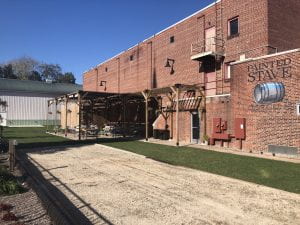 Local governments can support place-based businesses by adjusting zoning codes. Traditional zoning did not predict for the rise in on-farm processing, wineries, trap-shooting facilities, or pick-your own operations. Fortunately, local governments have the power to define what constitutes agri-tourism and other types of place-based industries, stipulate criteria that businesses must meet to operate, and adjust zoning ordinances where applicable. When the founding partners of Painted Stave Distilling decided to launch their business in Smyrna’s former movie theater, the town updated its zoning ordinance in order to make the partners’ vision a reality. Local governments can seize opportunities for economic development while protecting the best interests of the citizens by embracing zoning flexibility. The City of Rehoboth Beach, Delaware adopted a Farmers’ Market ordinance in 2007 to “give residents and visitors…an opportunity to purchase fresh produce and other food products… provide a market for local growers, and foster a sense of community.”
Local governments can support place-based businesses by adjusting zoning codes. Traditional zoning did not predict for the rise in on-farm processing, wineries, trap-shooting facilities, or pick-your own operations. Fortunately, local governments have the power to define what constitutes agri-tourism and other types of place-based industries, stipulate criteria that businesses must meet to operate, and adjust zoning ordinances where applicable. When the founding partners of Painted Stave Distilling decided to launch their business in Smyrna’s former movie theater, the town updated its zoning ordinance in order to make the partners’ vision a reality. Local governments can seize opportunities for economic development while protecting the best interests of the citizens by embracing zoning flexibility. The City of Rehoboth Beach, Delaware adopted a Farmers’ Market ordinance in 2007 to “give residents and visitors…an opportunity to purchase fresh produce and other food products… provide a market for local growers, and foster a sense of community.”
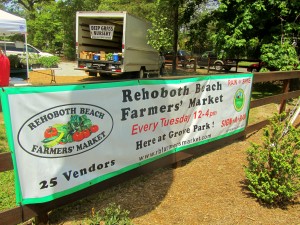 Organizational Support
Organizational Support
Businesses and local governments are natural partners in implementing place-based economic development. Delaware’s Main Street towns use the Main Street Four-Point Approach® to leverage the economic, cultural, and historic resources of downtowns districts to increase business and job opportunities. For example, Downtown Milford, Delaware has branded itself as a “River Town, Art Town, Home Town.” By promoting local artists, Milford is adding to the artist’s notoriety and solidifying its own reputation as a haven for creativity.

